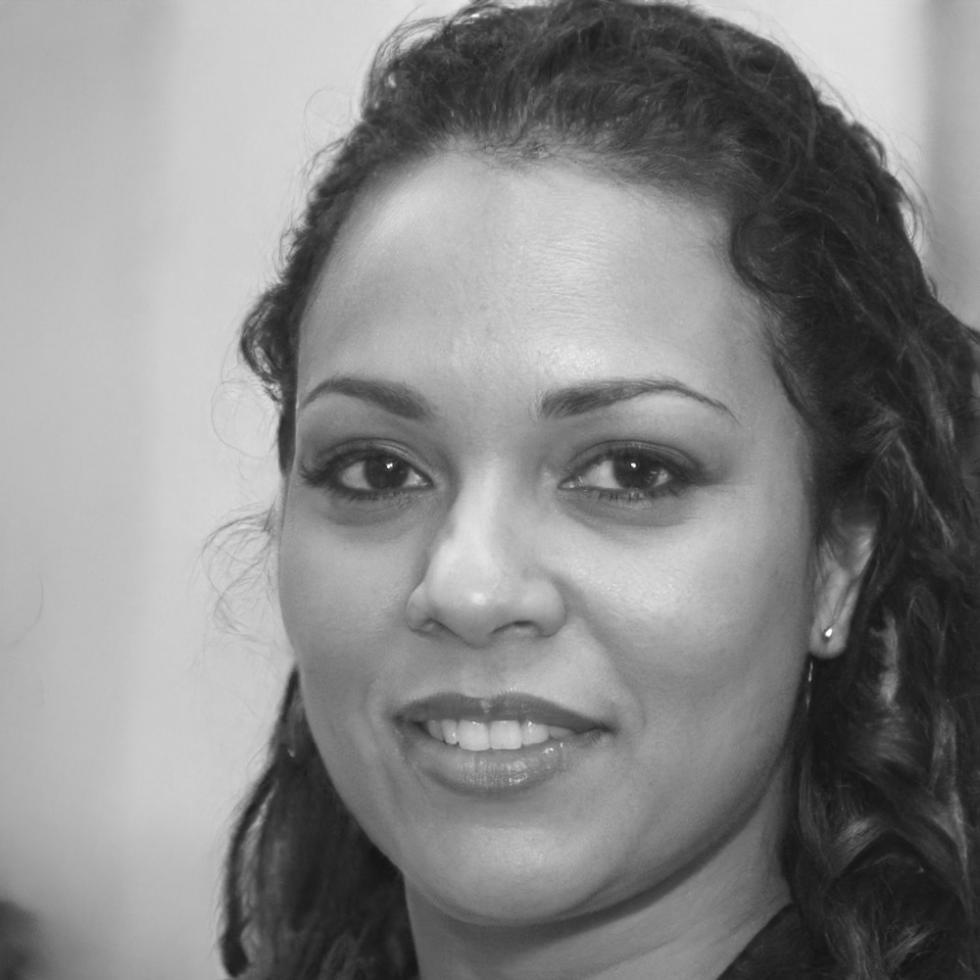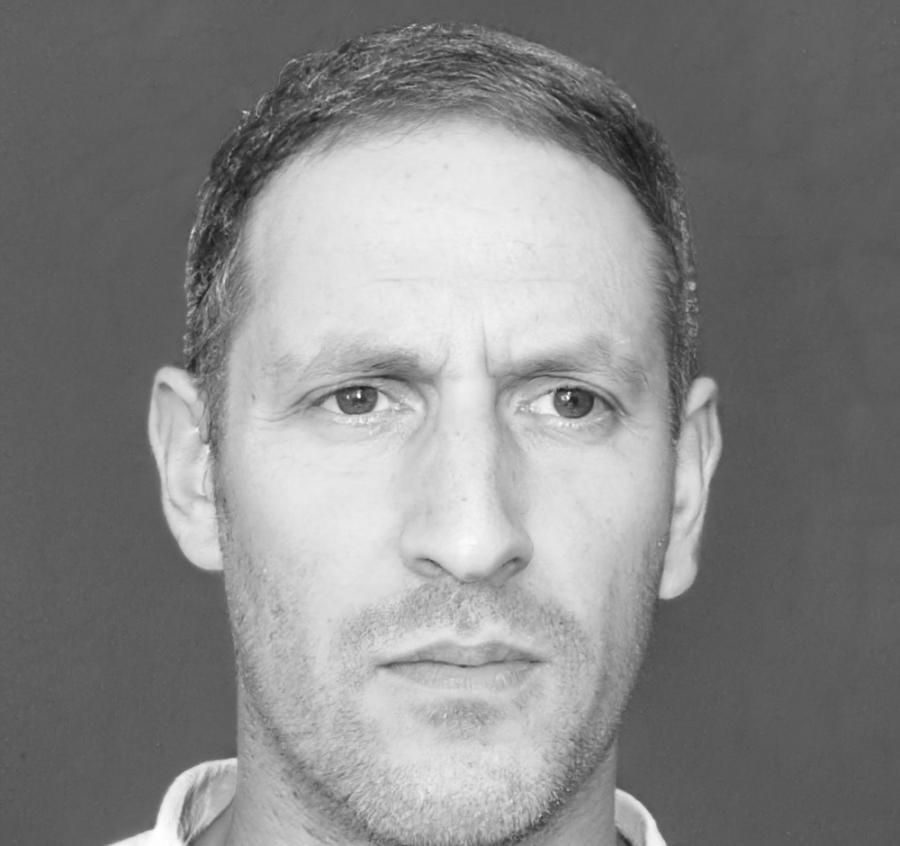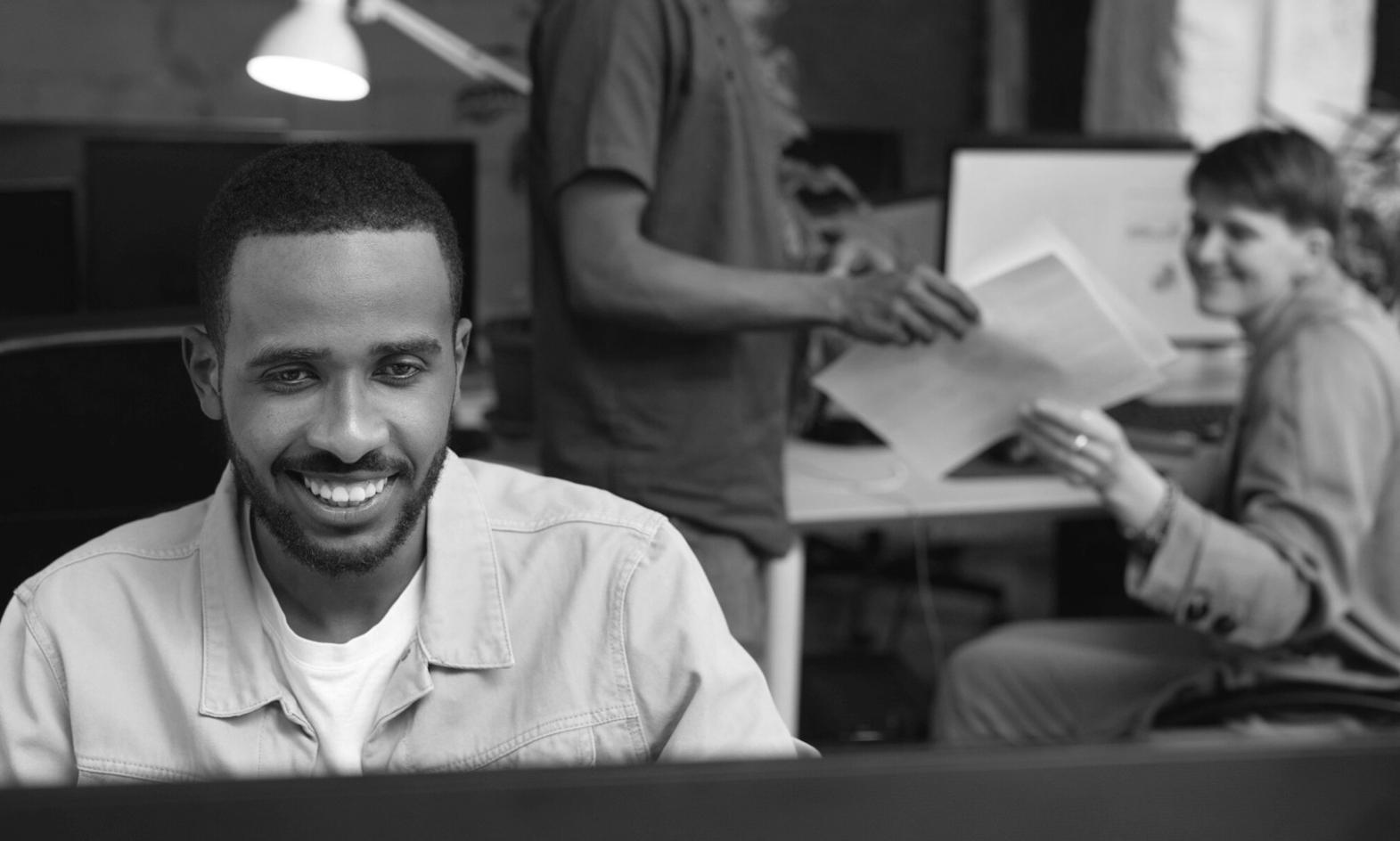Started from Experience
Back in 2018, I was managing a small investment fund in Taipei. The local futures market was growing, but most education programs focused on theory rather than real trading challenges.
After losing money on poorly managed positions myself, I realized what traders actually need isn't more indicators or strategies. They need solid risk management habits and realistic expectations about market volatility.
So we started devcoreflux with a simple idea: teach what actually works in Taiwan's futures markets, not what sounds impressive in marketing materials.




